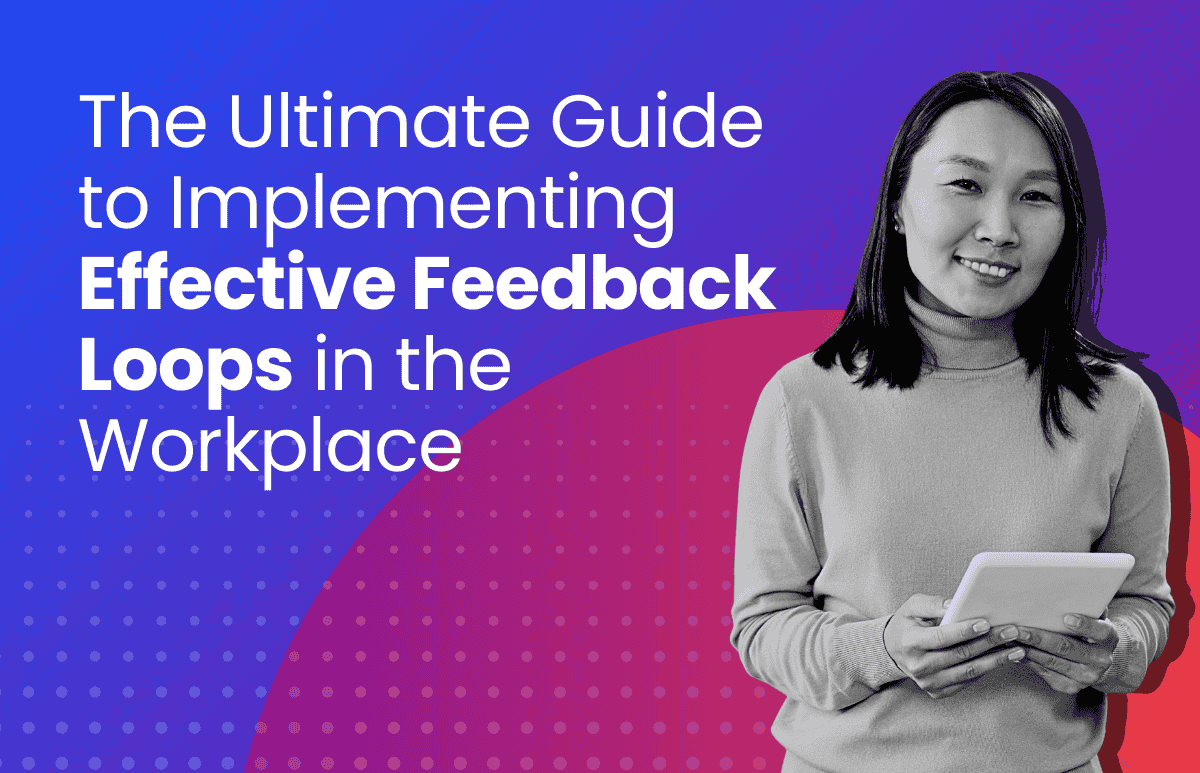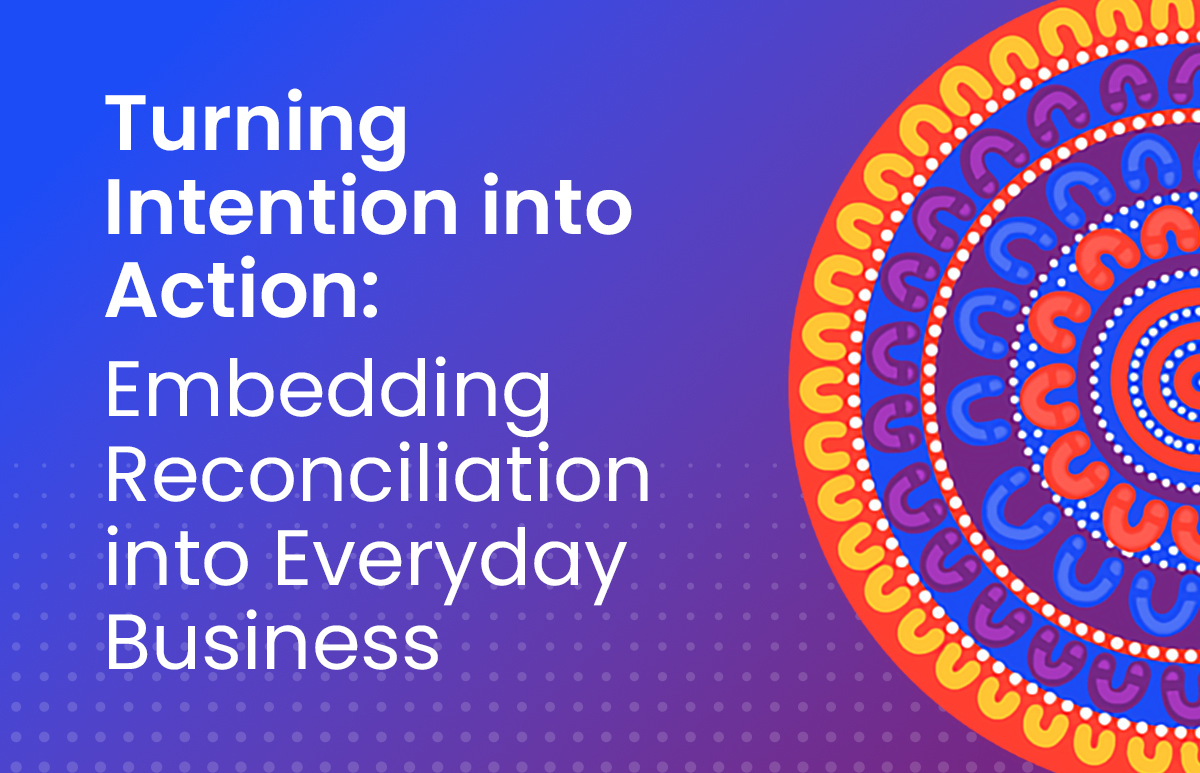Pay Perception Gap: Employees vs Employers
Do pay rise expectations between employee and employer really line up?
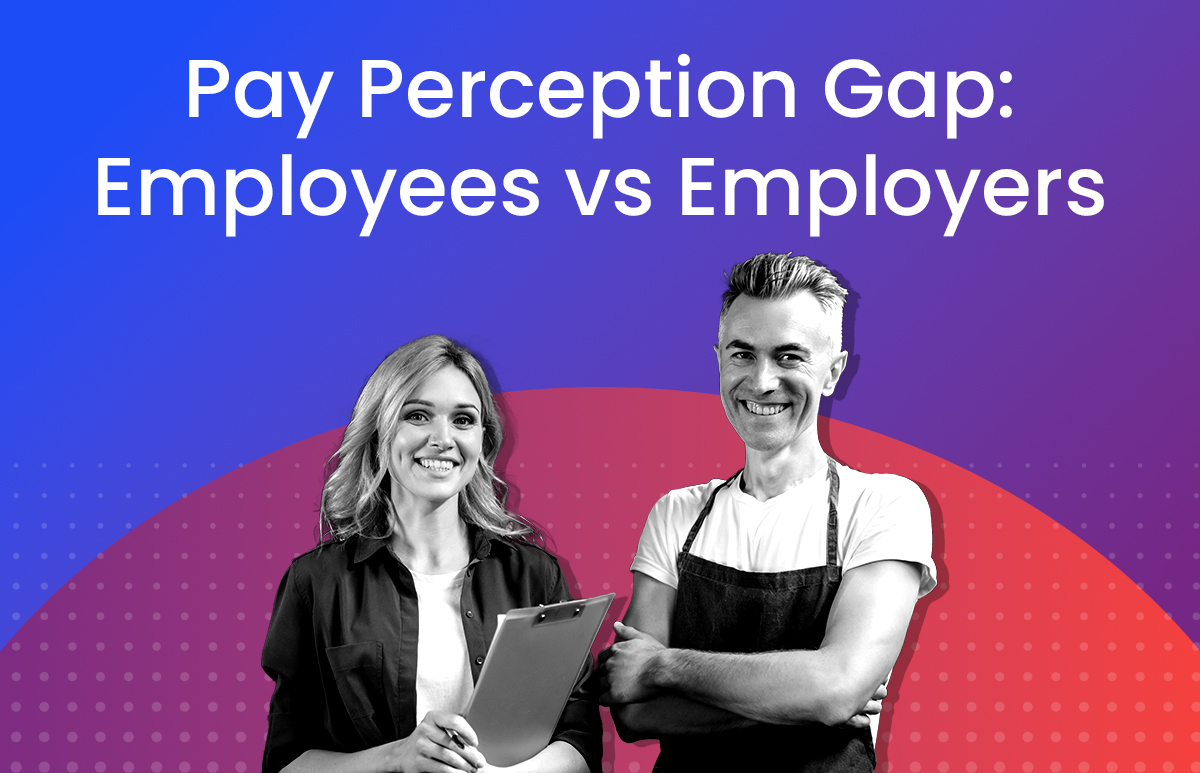
According to our most recent Employee Sentiment Index and HR Industry Benchmark Report, not quite.
As we examine the data, it appears organisations can do more to communicate to employees expectations around pay to help make conversations clearer and manage hopes (or disappointments).
Pay Rises
According to our latest Employee Sentiment Index, more than seven in ten (72%) Australian employees have either received a pay rise this calendar year or expect to receive it by the end of the calendar year – more than half (54%) have already received one, while almost one in five (18%) haven’t but expect to receive it later in the year.
On average, employees have received or expect to receive a 4% pay rise.
However, according to our 2025 HR Industry Benchmark Report — based on a survey of 900 Australian HR professionals — the average planned salary increase for the next remuneration cycle sits at 5%.
This 1% gap could indicate:
- Employers are preparing to stay competitive amid rising cost-of-living pressures, or
- Employees are underestimating their earning potential this cycle.
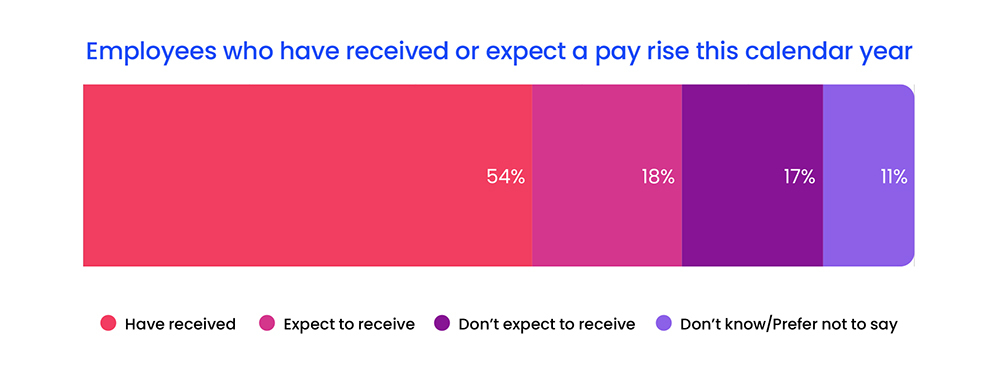
What Determines Pay Increases?
There’s a clear disconnect between what employees believe should drive pay increases and what they perceive their organisation actually prioritises. One in three employees (34%) say individual performance should be the most important factor, making it the top-rated consideration. However, only one in five (22%) believe their organisation places the greatest emphasis on this.
Instead, more than one in four employees (27%) believe their organisation prioritises business profitability, even though just one in six (16%) think this should be the top consideration.
According to ELMO’s HR Industry Benchmark Report, Australia’s most common approach to employee remuneration is a combination of individual performance and market rates (31%).
This suggests that while employers may believe they’re striking a fair balance, employees still perceive a misalignment between what’s rewarded and what matters most.
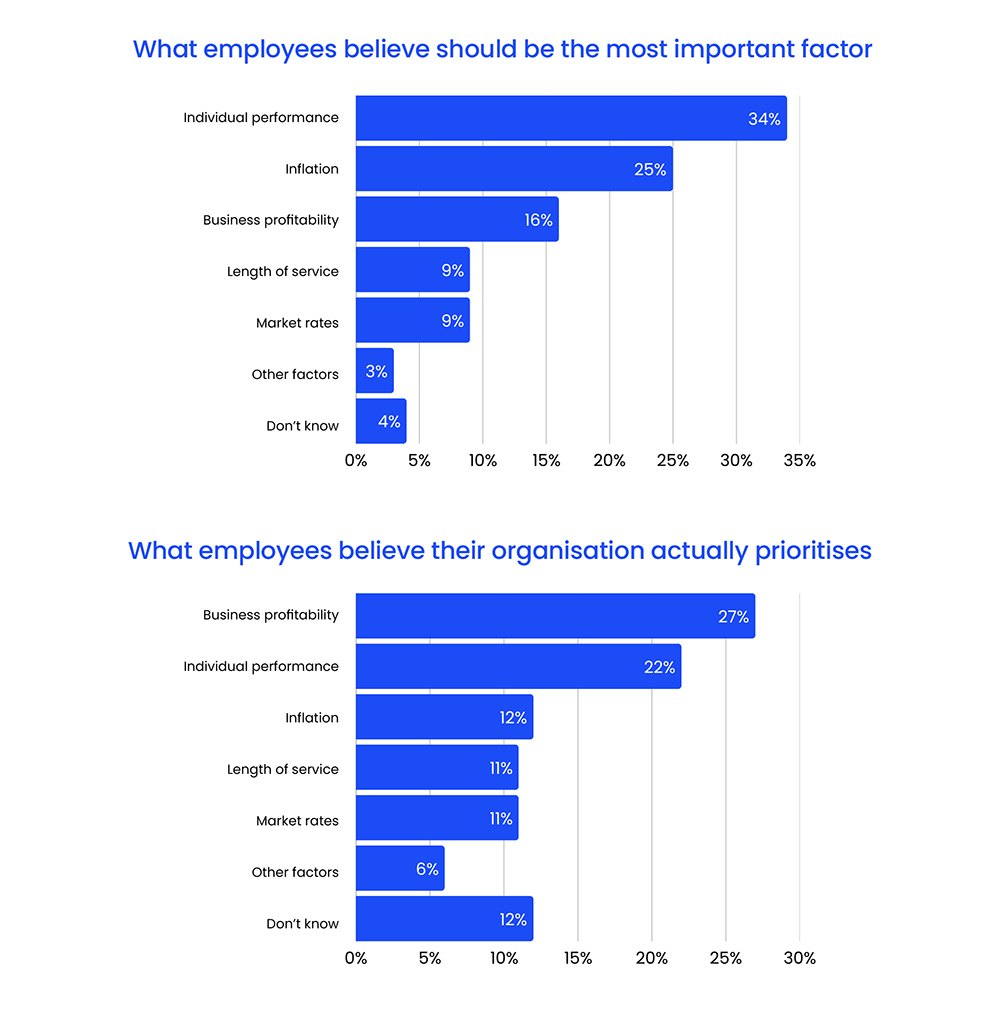
Our Top Tips for Communicating Pay Expectations
While the data allows us to make assumptions about how much of a pay increase employees should expect and how they’re assessed to receive that increase, the number and method are different from what HR professionals believe.
In addition, one in eight Australian employees state they’re nowhere near meeting their and their family’s financial needs. Therefore, communication around pay expectations and planning is more important than ever.
Here are our top five tips to communicate about pay expectations.
- Start the Dialogue Early and Often: You don’t need to wait for formal review periods. Encourage the managers within your organisation to have initial conversations about pay expectations during the onboarding process, along with informal check-ins throughout the year. This sets a proactive tone and allows for early alignment or identification of potential discrepancies.
- Clearly Define Role Expectations and Value: Ensure job descriptions and ongoing performance discussions clearly articulate the responsibilities, impact, and expected contributions of each role. When employees understand how their work directly contributes to your organisation’s success, it provides a stronger foundation for understanding their salary and potential for pay increases.
- Demystify the Remuneration Structure: Be transparent (within reasonable limits) about how your organisation determines pay increases. Explain the factors that influence pay, such as market rates, company performance, individual performance, or a combination. This helps employees understand the context behind their pay and potential increases.
- Communicate the Overall Remuneration Philosophy and Budget: While individual salary details remain confidential, sharing the general percentage budget allocated for salary increases across the organisation can provide valuable context. This helps manage expectations and demonstrates that increases are part of a structured process.
- Highlight Performance-Based Rewards Clearly: Communicate explicitly how high performance is recognised and rewarded. If your policies allow for above-average increases for exceptional contributions, make this clear. Emphasise that exceeding expectations can lead to greater financial recognition, reinforcing the link between performance and reward.
How can ELMO Help?
ELMO’s Remuneration solution will streamline and automate your organisation’s salary review process. Having a system that brings to life your organisation’s pay policy and strategy and removes mundane, mechanical and administrative tasks can free you up to focus on your people.
Top Benefits of Remuneration
- Manage complex remuneration structures, including discretionary bonuses or specific short and/or long-term incentive plans.
- Automate the process with rules-based controls, ensuring that pay increases follow your organisation’s Pay Policy and decision makers are aligned with your remuneration incentives.
- Analyse the gender pay gap across your organisation. Use data from WGEA in Australia and agencies within NZ. Managers or administrators can run this tool to see how they are closing (or not) the gender pay gap. For more information, download our toolkit on navigating pay equity.
- Let the system do the math for you. Our system allows you to input your budget for annual salary increases and uses a strategic matrix modelling to determine the pay increase for each employee, based on rules that you set up in the system. You can ensure that high performers who are critical to the business are rewarded.
- Give Managers Control. Use the Traffic Light policy to ensure members within a team have their increases based on your business’s remuneration policy. If an increase is applied that exceeds the policy the system will let you know via the green/yellow or red light system.
- It’s easy for everyone involved in salary reviews to do their job. Managers can put forward their recommendations, leaders can give the thumbs up, and the right people can share the outcome letters. The system makes it clear who handles each step and what they have permission to do.
- Total Reward Management system that enables employees to have visibility into their own rem & benefit packages – both present and past history – as well as accessing their own letters.
- Access comprehensive reports in real time for all roles within your organisation. Empower managers and employees with approval and moderation controls, accompanied by real-time budget impact reporting.
Frequently Asked Questions
Do you have to use the ELMO Payroll module to use Remuneration?
No, you absolutely don’t. They’re able to be used as independent systems. And the system can feed back your information via a CSV file to whichever payroll you use.
How long do you need to have ELMO’s Remuneration product before your salary reviews?
We typically encourage a month to have the system before your review process begins. This allows enough time to transfer your employee data and associated files to set the system up to work with your organisation’s policy.
Is ELMO’s Payroll linked to Remuneration?
Currently, the ELMO Payroll and Remuneration modules operate independently. We don’t have any plans to link these two modules at this time.
Is ELMO’s Performance Module linked to Remuneration?
Not yet, but the Performance and Remuneration modules will be linked in the coming year! This upcoming integration will allow managers to see real-time performance ratings directly within the Remuneration module, helping them make more informed salary recommendations
Our organisation reviews and increases salaries based on an awards-based agreement, can I still use Remuneration?
ELMO’s Remuneration solution is better suited to individual agreements as opposed to award-based agreements.
Who gets to use the Remuneration module within an organisation?
Access to the Remuneration module within the organisation is tiered, encompassing roles from the CEO (for final sign-off) and managers (for recommendations and approvals) to line managers (for distribution of correspondence). Additionally, all employees can access the ‘My Rem’ – Total Rewards Management – portal to view their package details and relevant documentation for each cycle.
 HR Core
HR Core 